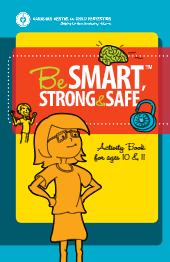
Trying New Food is a gentle and reassuring social story designed to support children who feel unsure or anxious about trying foods they have not eaten before. Using clear, calm language and simple steps, it helps children understand that exploring new tastes and textures is a learning process and that it is okay to try at their own pace.
This resource is particularly helpful for children with autism, sensory sensitivities, or anxiety around food, and is suitable for use at home, in schools, or in therapy settings.
What’s Inside This Free Printable Social Story?
-
Simple explanations – Describes what might happen when a child sees a new food, and normalises differences in how food looks, smells, or feels.
-
Step-by-step guidance – Encourages children to first look, smell, and gently touch the food before tasting it.
-
No pressure to eat – Reassures children that they do not have to eat the whole thing and can say “No thank you” if they do not like it.
-
Positive reinforcement – Highlights that trying new food helps us grow strong and makes grown-ups proud.
-
Encourages small steps – Reinforces that every small try counts and helps build confidence over time.
How Can the Resource Be Used Practically?
-
Before meals at home – Parents can read the story together with their child before introducing a new food.
-
In early years settings or classrooms – Teachers can use the story as part of food-themed lessons or snack-time routines.
-
During therapy or feeding sessions – Speech and occupational therapists can include the story in sensory feeding support.
-
To reduce food anxiety – For children who are selective eaters, the story gently introduces the idea of trying something new without pressure.
-
With visual supports – The story can be paired with real food samples or visual cues to help children prepare for the experience.
This child-friendly, printable social story supports positive food experiences, reduces anxiety, and promotes a gentle, step-by-step approach to trying new things. A helpful resource for families, schools, and professionals supporting children with food aversions or sensory challenges.








